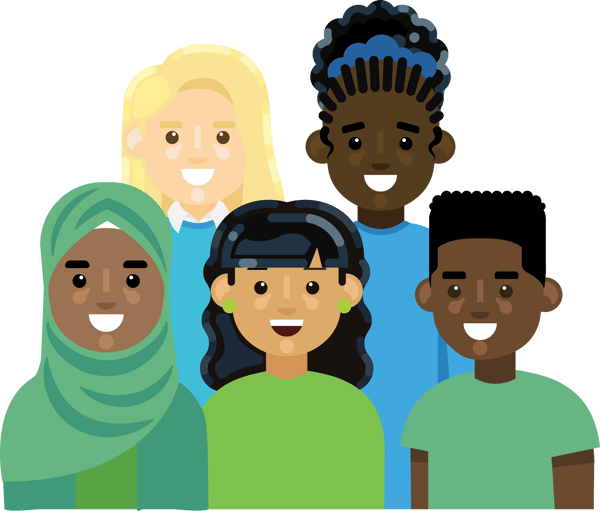The value of social intelligence

Social intelligence is a qualitative research method that uses social, behavioral, and emotional signals within data to find the right way forward.

The research method uses data from social listening (observing, collecting, measuring, and analyzing publicly available web content for mentions or conversations of interest) to answer complex questions.
Social intelligence evolved with a generational shift from institutional influence to peer influence amplified by the rise of social media in the early 2000s. The shift transformed online word-of-mouth and redefined what it means to be an “influencer," leading the perception of your institution to be shaped by external voices. This increased the lack of understanding and attributed to the decline of the public perception of a college degree.
Counteract the trend
Social intelligence enables you to uncover your stakeholders' voices and use their sentiments and expectations to inform your mission and goals, and align with your audience. It's faster, more fluid, and more authentic than traditional research methods, such as focus groups, interviews, surveys, or audience panels, and it uses three measures of success.

Credibility
There is confidence in the truth of the findings—they show a logical relationship to each other and are consistent.

Dependability

Transferability
The lessons learned in qualitative studies can be applied to other situations if the sample is selected based on their applicability to the research problem.
Social intelligence strengths

As an always-on focus group, social intelligence is used to understand perceptions, inform strategic decisions, and grow the capability and impact of teams.
Enhanced audience insights
Social intelligence research provides a larger volume of audience feedback compared to traditional methodologies. Traditional survey responses are limited to the audience you select who are willing to participate. This method misses the conversation happening on a larger scale, outside of your identified purview for focus groups and survey completers.
For example, the external conversation and information that admissions professionals, prospective students, current students, and alumni share online about their barriers to higher education adds richer context alongside other methods.
Unfiltered insights
Social intelligence takes a giant, custom dataset and analyzes it in a variety of ways to make observations, detect patterns and trends, and develop insights. It provides an unfiltered view into your audience’s questions, opinions, celebrations, anxieties, and fears. When the data is properly captured and analyzed, it helps teams make informed and strategic decisions in line with historical, immediate, and forward-looking audience needs.
Inclusive perspective
The research is inherently inclusive, including stakeholders who may not have the time or ability to participate in other forms of data collection. It gives you greater confidence that the voices of stakeholders with highest need are included in the design process.
Cultural competency
Unique to Campus Sonar is the incorporation of cultural competency. The additional layer of expertise ensures data is collected and analyzed with a lens that seeks to understand, acknowledge, and highlight the unique voices of underrepresented and marginalized groups.
Critical context
Our research process uses proprietary, one-of-a-kind datasets to provide critical context to your data and insights, including benchmarks and trend analysis. The context informs executive decision making, strategy development, and leadership understanding.

